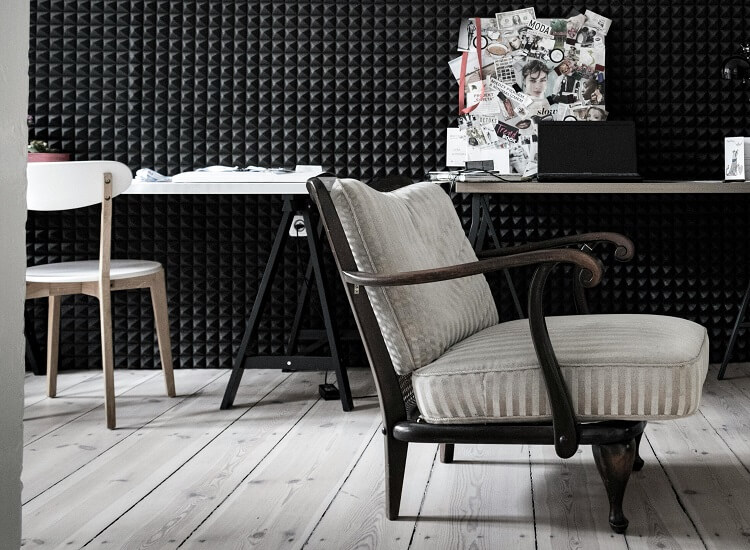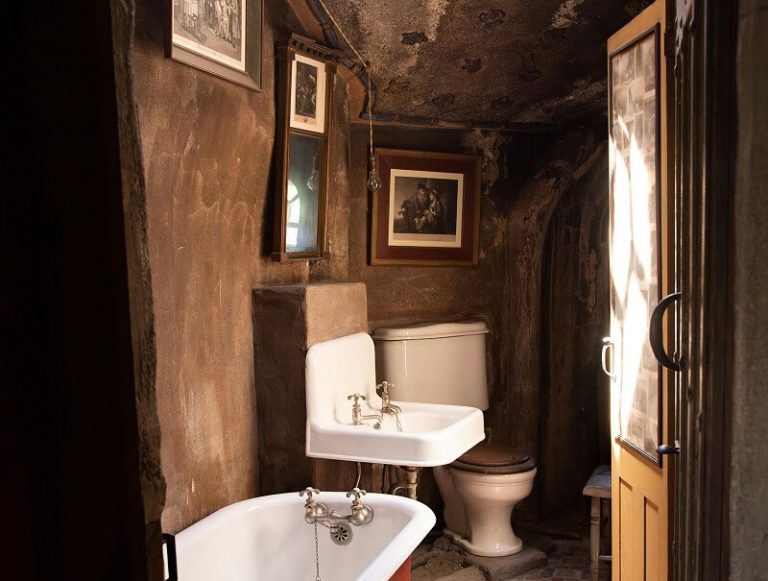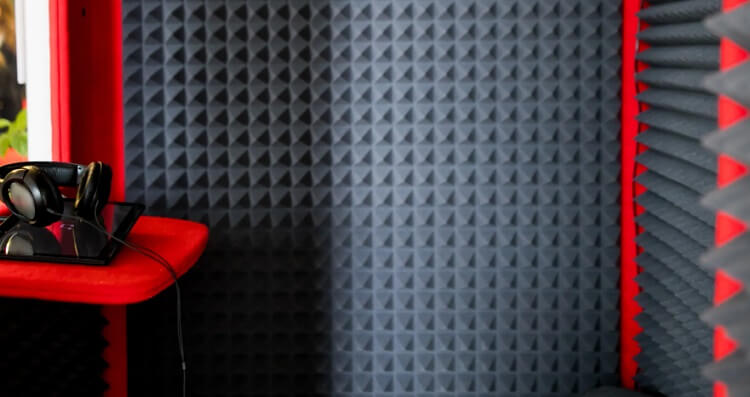
Living in an apartment often means contending with the challenges of noise leaking through thin walls. Whether it’s the boisterous laughter of neighbors, the incessant hum of city traffic, or the everyday sounds of apartment living, these intrusions can disrupt your peace and privacy. If you’re searching for effective ways to soundproof thin walls in apartments, this guide will explore a range of practical solutions, from budget-friendly DIY fixes to more comprehensive professional interventions.
Common Causes of Noise in Apartments
Noise issues in apartments often stem from cost-effective construction practices.
Developers frequently use lightweight materials like drywall to minimize expenses and construction time. Unfortunately, this results in thinner walls that offer minimal sound insulation. Sound waves easily transmit through these flimsy barriers, making privacy a precious commodity.
Beyond wall construction, gaps around electrical outlets, windows, and doors create pathways for noise infiltration.
These seemingly insignificant openings allow sound waves to pass through unimpeded, contributing to a noisy environment. External factors, like traffic, neighbors, and communal activities, further exacerbate the issue, creating a constant barrage of unwanted sounds. Additionally, *flanking noise*, which travels through shared building structures like floors and ceilings, and *impact noise* from footsteps or dropped objects can significantly impact noise levels.
Principles of Effective Soundproofing
Effective soundproofing relies on a combination of three key principles: absorption, blocking, and sealing.
1. Sound Absorption
Sound absorption focuses on minimizing sound reflections and reverberations within a room. Materials like acoustic foam, thick curtains, and upholstered furniture are designed to trap and dissipate sound energy. This reduces echoes and makes the room sound quieter.
The effectiveness of an absorbent material is measured by its Noise Reduction Coefficient (NRC), a value between 0 and 1, with higher values indicating greater sound absorption.
2. Sound Blocking
Sound blocking aims to prevent sound waves from penetrating walls and other barriers. This is typically achieved by increasing the mass of the barrier.
Dense materials like Mass Loaded Vinyl (MLV), a flexible, high-density material specifically designed for soundproofing, effectively block sound transmission. Adding mass essentially makes it harder for sound waves to vibrate the wall and pass through.
3. Sealing Gaps
Sealing gaps and cracks is a crucial step in preventing sound leakage.
Even small openings can significantly compromise soundproofing efforts. Weatherstripping, caulking, and acoustic sealants effectively seal these gaps around windows, doors, and electrical outlets, preventing sound from traveling through these pathways.
Affordable Soundproofing Solutions
Rearranging Furniture
Strategically placing furniture can help absorb and block sound. Bookshelves filled with books create a dense barrier, while large furniture items against shared walls can dampen sound transmission.
Using Rugs and Carpets
Rugs and carpets absorb sound, particularly in rooms with hard flooring like hardwood or tile.
Thicker rugs and layering multiple rugs can further enhance sound absorption.
Installing Door Sweeps and Weatherstripping
Sealing gaps under doors with door sweeps and weatherstripping is a simple and inexpensive way to reduce noise infiltration.
Mid-Range Soundproofing Options
Acoustic Foam Panels
Acoustic foam panels effectively absorb sound and are relatively easy to install. They come in various designs and colors, offering both functionality and aesthetic appeal.
Mass Loaded Vinyl (MLV)
MLV is a dense, flexible material highly effective at blocking sound transmission. It can be installed behind drywall or over existing walls.
It’s a popular choice for soundproofing thin walls in apartments due to its efficiency and relatively easy installation.
Soundproof Curtains
Specifically designed soundproof curtains are thicker and denser than regular curtains, effectively absorbing and blocking sound while also blocking light.
High-End Soundproofing Solutions
Double Drywall with Green Glue
Installing an additional layer of drywall with Green Glue, a viscoelastic damping compound, significantly enhances soundproofing by reducing vibrations. This is a more involved and costly solution but offers superior noise reduction.
Acoustic Insulation
Specialized acoustic insulation materials, such as mineral wool or fiberglass, installed within walls can absorb sound and improve thermal insulation.
Soundproof Wall Panels
Custom-designed soundproof wall panels provide a premium solution for noise reduction and can be tailored to match the apartment’s decor.
Renter-Friendly Soundproofing Ideas
Temporary Acoustic Panels
Adhesive or freestanding acoustic panels offer a renter-friendly option for sound absorption and can be easily removed without causing damage.
Fabric Wall Hangings
Thick tapestries or quilts hung on walls can absorb sound and add a decorative touch to the apartment.
Portable Partitions
Freestanding partitions create temporary barriers that reduce noise and can be easily moved and repositioned as needed.
Expert Tips for Effective Soundproofing
Prioritize areas with the most noise transmission, such as shared walls, windows, and doors. For best results, combine multiple soundproofing techniques.
Layering solutions, like using rugs with heavy curtains and sealing gaps, creates a more comprehensive noise reduction system. Regularly inspect and maintain soundproofing materials for optimal performance. When dealing with noisy neighbors, consider friendly communication or contacting your landlord if necessary.
Carefully read your lease agreement regarding permissible modifications before implementing any permanent solutions. Using a sound level meter can help identify the loudest noise sources and track the effectiveness of soundproofing efforts.
FAQ
What is the best way to soundproof thin walls in an apartment?
The most effective approach involves combining multiple techniques. Layering solutions like acoustic panels, MLV, sealing gaps, and using soundproof curtains offers comprehensive noise reduction.
Are there affordable soundproofing options?
Yes, budget-friendly solutions include rearranging furniture, using rugs, installing door sweeps and weatherstripping, and hanging thick fabric on walls.
Can soundproofing be done in a rented apartment?
Yes, many renter-friendly options exist, including temporary acoustic panels, thick curtains, portable partitions, and strategically placed furniture.
How much does professional soundproofing cost?
Professional soundproofing costs vary depending on the project scope and materials, typically ranging from $1,000 to $10,000 or more for customized solutions.
Consult with multiple contractors for accurate estimates.
Conclusion
Soundproofing thin walls in apartments significantly enhances comfort and creates a peaceful living environment. By implementing a combination of affordable, mid-range, and high-end solutions, both renters and homeowners can effectively mitigate noise disturbances and enjoy a more serene and private living space. Start with small, manageable changes and gradually incorporate more comprehensive solutions to achieve the desired level of tranquility.






